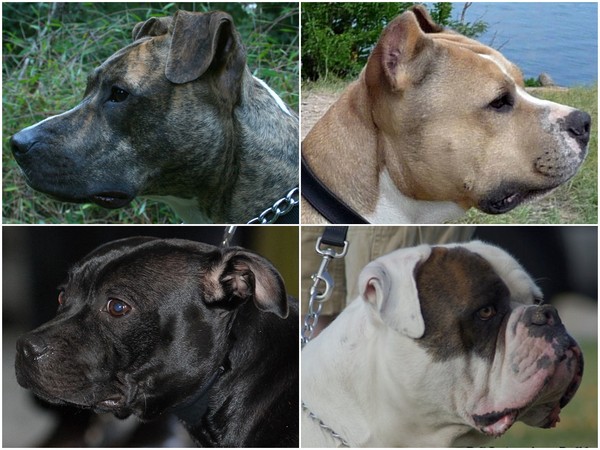Your dog may have hidden colours due to gene variants, study finds
A few dog breeds may have hidden colour coats and also some mysterious traits because of gene variants, says a recent study.

- Country:
- United States
A few dog breeds may have hidden color coats and also some mysterious traits because of gene variants, says a recent study. New research from Purdue University's College of Veterinary Medicine shows that purebred dogs have unrevealed coat colors -- and in some cases, other traits -- that have been lurking all along.
Led by Kari Ekenstedt, DVM, Ph.D., assistant professor of anatomy and genetics, and Dayna Dreger, Ph.D., the lead scientist in Ekenstedt's canine genetics research laboratory, the team looked at a dozen different genes in 212 dog breeds. Purdue researchers, together with industry partners at Wisdom Health, analyzed data that had been initially collected by Wisdom Panel for the development of canine DNA tests.
The work was published in the journal -- PLOS ONE. "These are purebred dogs with traits that their breed clubs say they're not supposed to have," said Ekenstedt, whose research program focuses on canine genetics.
"The message of this paper is, 'Hey, these gene variants exist in your breed, and if a few dogs are born with these traits, it's not caused by accidental breeding and it's not a mutt, it's a purebred showing this known genetic potential.', added Ekenstedt. Along with analyzing the data, researchers used standard breed descriptions from major American and international dog breed registries to determine coat colors and tail lengths that were accepted within each breed.
"There was a lot of information we didn't expect," Dreger said. "When it comes to different dog breeds, their standards are mostly based on preference and aesthetics. We make assumptions for certain breeds based on what we expect their coat colors to be," added Dreger.
Ekenstedt said coat color genes have a significant amount of epistasis between them, meaning that what happens at one gene can mask what's happening at another gene. Because of epistasis, it's rare to see those masked genes actually expressed in a dog's coat color.
One example of a "fault" allele -- a gene variant that would cause a trait that is not allowed in a breed standard -- is an allele that causes the brown color, which affects both hair pigment and skin pigment. The color is allowed in breeds like the Labrador Retriever where it causes the chocolate color.
However, researchers observed that in breeds where brown is not allowed, such as the Rottweiler and the German Shepherd Dog, brown alleles exist at low frequencies. Another example of a fault allele is in the Weimaraner, which exists in both longhaired and shorthaired varieties.
At least one dog breed organization does not allow longhaired Weimaraners while several others do allow them. Of the Weimaraners sampled in this data, the longhaired allele is present at a 4% frequency.
The same goes for other traits, too, Dreger said. For example, there are around 18 recognized breeds of dogs that have the genetic potential to be born without a tail -- such as the popular Australian Shepherd. But the data shows that up to 48 of the breeds analyzed possess the tailless gene variant, usually at a very low frequency; one of those breeds is the Dachshund.
"A breeder would certainly be surprised to see a Dachshund born without a tail," Dreger said. "The chances are low, but our research shows that the potential is there." (ANI)
(This story has not been edited by Devdiscourse staff and is auto-generated from a syndicated feed.)
- READ MORE ON:
- researchers
- PhD
- Purdue University
- industry partners
- others
- American
ALSO READ
Researchers reveal impact of aldehydes on DNA damage, ageing
Researchers discover brain region involved in control of attention
IISc researchers design sustainable hydrogel to remove microplastics from water
Researchers decode how Pluto got a giant heart
Researchers find ways to prevent idiopathic pulmonary fibrosis










